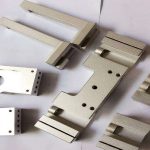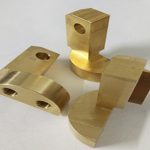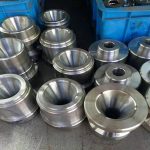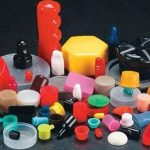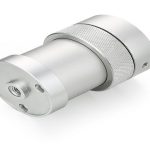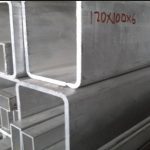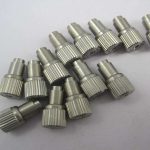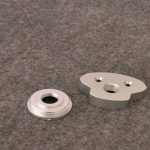Metal stamping and metal drawing is a widely used stamping process at present. With metal stamping metal drawing technology, various thin-walled parts with cylindrical, rectangular, stepped, spherical, conical, parabolic and other irregular shapes can be made. What are the categories of metal drawing?
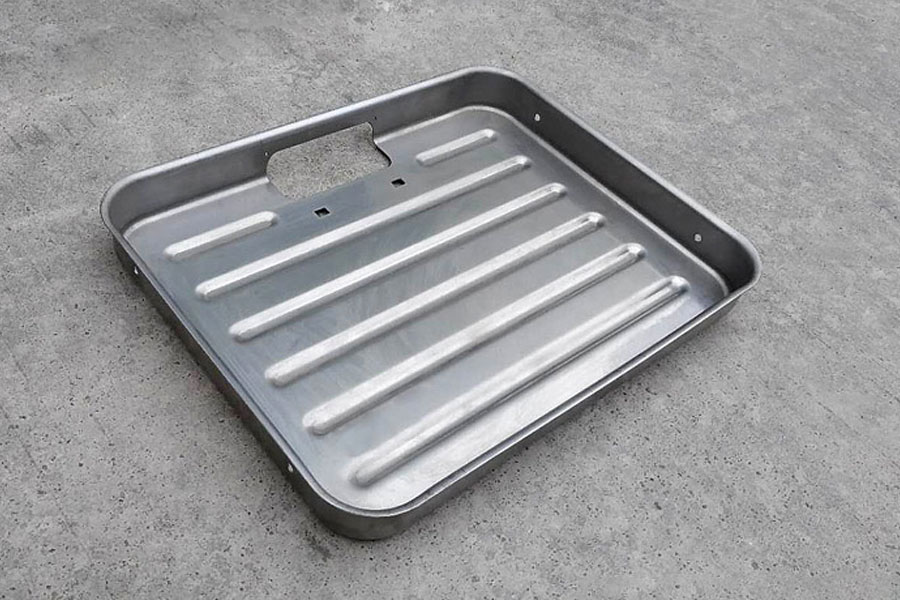
- 1. Cylinder metal drawing: Stretching of cylindrical products with flanges (flanges). The flange and the bottom are both flat, the side wall of the cylinder is axisymmetric, and the deformation is evenly distributed on the same circumference, and the blank on the flange produces deep drawing deformation.
- 2. Elliptical metal drawing: The deformation of the blank on the flange is tensile deformation, but the amount of deformation and deformation ratio change accordingly along the contour shape. The larger the curvature, the greater the plastic deformation of the blank; conversely, the smaller the curvature, the smaller the plastic deformation of the blank.
- 3. Rectangular metal drawing: a low rectangular piece that is stretched and formed at one time. When stretching, the tensile resistance at the rounded corners of the flange deformation zone is greater than the tensile resistance at the straight edges, and the degree of deformation at the rounded corners is greater than that at the straight edges.
- 4. Mountain-shaped metal drawing: When the side wall of the stamping part is inclined, the side wall is suspended during the stamping process and is not attached to the mold. The mold is not attached until the end of the forming. The deformation characteristics of different parts of the side wall during forming are not completely the same.
- 5. Mound-shaped metal drawing: The deformation of the blank of the mound-shaped cover plate during the forming process is not a simple stretching deformation, but a composite forming with simultaneous stretching and bulging deformation. The deformation of the blank on the pressing surface is tensile deformation (tensile stress in the radial direction and compressive stress in the tangential direction), while the deformation of the blank inside the profile (especially the central area) is bulging deformation (both radial and tangential). Is tensile stress).
- 6. Hemispherical metal drawing with flange: When the spherical part is stretched, the blank partly touches the spherical top of the punch, and most of the rest are in a suspended and unconstrained free state. Therefore, the main process problem of this kind of spherical part stretching is the serious thinning of the local contact part, or the instability and wrinkling of the curved part.
- 7. Flange metal drawing: The flange part of the stretched product is processed by shallow drawing. The stress and strain situation is similar to compression flanging. Due to the tangential compressive stress, it is easy to wrinkle, so the forming limit is mainly limited by the compression wrinkle.
- 8. Edge metal drawing: Perform angular and metal drawing on the flange of the pre-stretched product. This kind of processing requires the material to have good plasticity.
- 9. Deep metal drawing: Metal drawing products that exceed the limit of metal drawing need to be stretched more than twice before they can be completed. After the metal drawing in the depth direction of the front station, metal drawing is performed in the depth direction. The wide flange stretched part is stretched to the required flange diameter when it is stretched for the first time, and the flange diameter remains unchanged when it is stretched later.
- 10. Conical metal drawing: For deep conical parts with h/d>0.8 and α =10°~30°, due to the large depth, the deformation of the blank is greater, and only the local area of the blank contacted with the punch is transferred and formed. It is extremely easy to cause the blank to become excessively thin or even rupture locally, and it needs to be gradually formed through multiple transitions. The step stretching method is to first stretch the blank into a stepped transition piece, whose stepped shape is tangent to the inner shape of the tapered part, and finally expands into a cone. The stretching times and processes of the stepped transition piece are the same as those of the stepped cylindrical piece.
- 11. Rectangular metal drawing: The deformation of a high rectangular part that is stretched for multiple times is not only different from that of a deep cylindrical part, but is also very different from that of a low box-shaped part. Figure 1-46 shows how the shape and size of the part changes with the height of the stretch during multiple stretches when the multi-station automatic conveying press is used to process high rectangular boxes.
- 12. Curved surface forming processing: curved surface drawing and forming, so that the outer flange part of the metal flat blank is reduced and the inner flange part is elongated, which becomes a stamping forming method for hollow products with non-straight wall and non-flat bottom curved surfaces.
- 13. Step metal drawing: Re-metal drawing the left-side pre-stretched product to form the step-shaped bottom on the right. The deeper part is deformed in the early stage of stretching, and the shallower part is deformed in the later stage of stretching. The side wall of the step change part is easy to induce shear stress and deform.
- 14. Reverse metal drawing: Reverse drawing of the metal drawing workpiece in the previous process, which is a kind of re-drawing. The reverse stretching method can increase the radial tensile stress and can achieve better results in preventing wrinkles. It is also possible to increase the stretch coefficient of re-stretching.
- 15. Thinning metal drawing: Different from ordinary drawing, thinning drawing is mainly to change the thickness of the tube wall of the drawing part during the drawing process. The gap between the convex and concave dies is smaller than the thickness of the blank. When the straight wall part of the blank passes through the gap, it is under a large uniform compressive stress. While the wall thickness becomes thinner during the stretching process, the wall thickness deviation of the container is eliminated and the surface of the container is increased. Smoothness improves accuracy and strength.
- 16. Panel metal drawing: Panel products are sheet metal stamping parts with complex surface shapes. In the drawing process, the deformation of the blank is complicated, and its forming properties are no longer simple drawing forming, but a composite forming in which deep drawing and bulging exist at the same time.
Metal stamping metal drawing is the current mainstream stamping process. There are 16 types of metal stamping metal drawing, so there are many product shapes that can be processed and the application is also very wide.
Link to this article:The Types Category Of Metal Drawing Process
Reprint Statement: If there are no special instructions, all articles on this site are original. Please indicate the source for reprinting:https://www.cncmachiningptj.com/
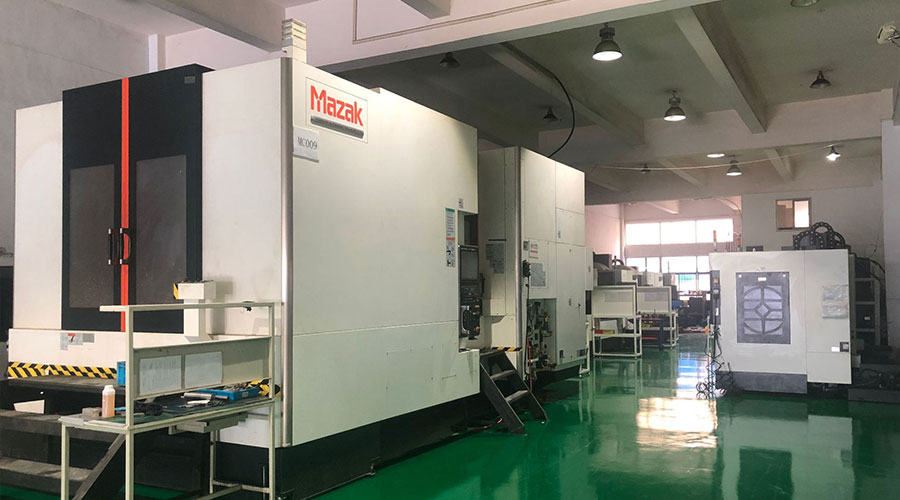 Sheet metal, beryllium, carbon steel, magnesium, 3D printing, precision CNC machining services for heavy equipment, construction, agriculture and hydraulic industries. Suitable for plastics and rare alloys machining. It can turn parts up to 15.7 inches in diameter. Processes include swiss machining,broaching, turning, milling, boring and threading. It also provides metal polishing, painting, surface grinding and shaft straightening services. The production range(include aluminum die casting and zinc die casting) is up to 50,000 pieces. Suitable for screw, coupling, bearing, pump, gearbox housing, drum dryer and rotary feed valve applications.PTJ will strategize with you to provide the most cost-effective services to help you reach your target,Welcome to Contact us ( [email protected] ) directly for your new project.
Sheet metal, beryllium, carbon steel, magnesium, 3D printing, precision CNC machining services for heavy equipment, construction, agriculture and hydraulic industries. Suitable for plastics and rare alloys machining. It can turn parts up to 15.7 inches in diameter. Processes include swiss machining,broaching, turning, milling, boring and threading. It also provides metal polishing, painting, surface grinding and shaft straightening services. The production range(include aluminum die casting and zinc die casting) is up to 50,000 pieces. Suitable for screw, coupling, bearing, pump, gearbox housing, drum dryer and rotary feed valve applications.PTJ will strategize with you to provide the most cost-effective services to help you reach your target,Welcome to Contact us ( [email protected] ) directly for your new project.
Link to this article:The Types Category Of Metal Drawing Process
Reprint Statement: If there are no special instructions, all articles on this site are original. Please indicate the source for reprinting:Tungusten,Thanks!^^

